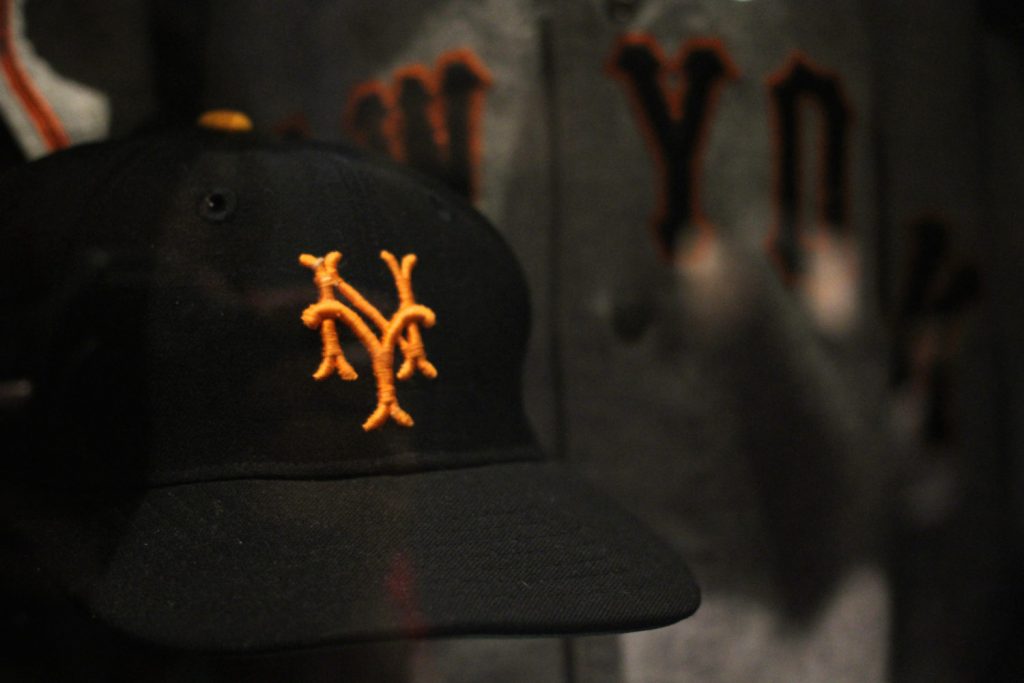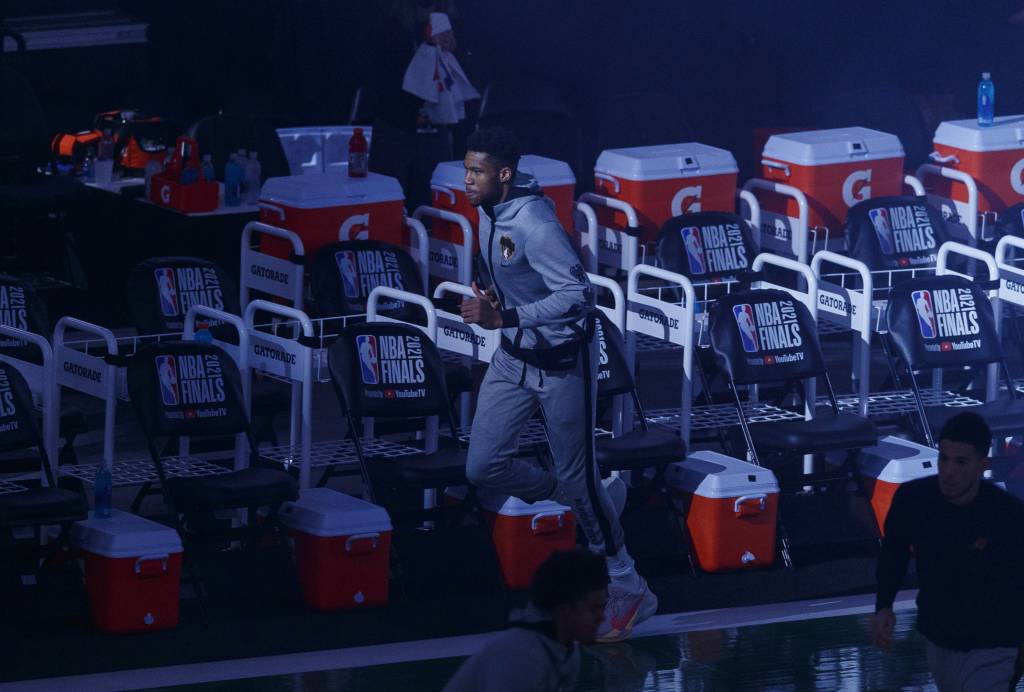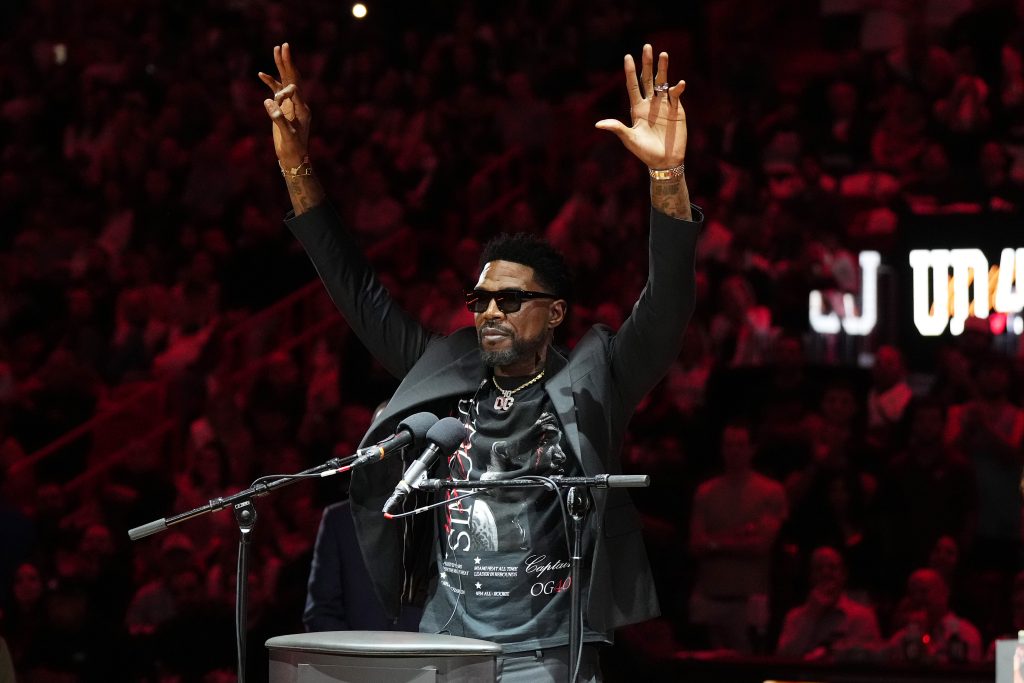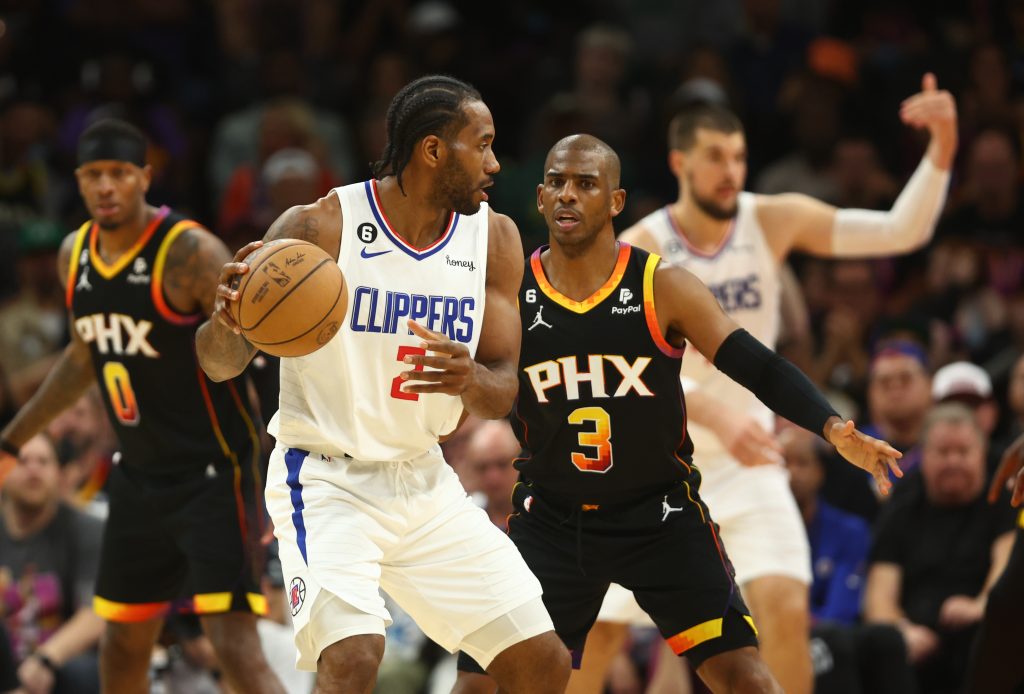New York Yankees World Series dominance
The history of the Yankees is littered with them dominating baseball; the 1920’s, 1930’s, 1940’s and mid 1990’s to the mid 2000’s. However, no decade did they monopolise the American League and indeed the World Series more so than in the 1950’s.
The Yankees were led for most of the decade by the likes of catcher Yogi Berra, centre field switch hitting superstar Mickey Mantle, shortstop Phil Rizzuto and pitcher Whitey Ford.
Out of 10 seasons in the 1950s the Yankees won the American League pennant eight times, winning the World Series six times and losing twice, to the Brooklyn Dodgers 4-3 in 1955 and the Milwaukee Braves 4-3 in 1957.
They only failed to win the American League Pennant twice in the 1950’s. In 1954 they, despite going 103-51, came second to the Cleveland Indians who went 111-43. The only other time during this decade that the Yankees did not win the pennant was 1959 when they finished third with, by their standards, a dismal record of 79-75. The Indians finished 2nd with the White Sox winning the Pennant.
The Yankees’ overall regular season record in the 1950s was 955-582 with a 62% winning percentage whilst their World Series record in eight series was 30-21.
The “Shot Heard ‘Round the World”
In the National League in 1951 the Dodgers seemed unbeatable and by 11th August they were in first place and 13 ½ games ahead of their arch rivals the Giants and their place in the World Series appeared a certainty.
However, they had not counted on the ferocity and determination of the Giants and in particular their manager, Leo Durocher, who was fired as manager in 1948 by the Dodgers and was determined to exact revenge on his former team.
In the closing weeks of the season the Giants went on a remarkable run, going 37-7 in their last 44 games. They won their last game of the season and if the Dodgers lost in Philadelphia to the Phillies the pennant would belong to the Giants.
The Dodgers were trailing 6-1 after three and 8-5 after seven, however they tied it up with a three-run eighth inning and would eventually prevail 9-8 in 14 innings thanks to a 2 out solo homer by Jackie Robinson.
The sides finish the season with the same record of 96-58 therefore the National League pennant would be decided by a three-game playoff.
The Dodgers won the coin toss to determine the playoff schedule; they elected to play the first game at home and the second (and third if needed) at the Polo Grounds, reasoning that after a likely win in Brooklyn, they would need to win only one of two at the Polo Grounds.
Game 1 at Ebbets Field saw the Giants prevail 3-1 but Game 2 at the Polo Grounds saw rookie pitcher Clem Labine shut out the Giants 10-0.
So it would come down to Game 3 at the Polo Grounds, and it shows how much New York was gripped by this incredible pennant race that work came to a halt as fans crowded around radios and stood in the streets to watch television sets in store windows.
Taxi drivers would turn down fares and even prisoners in the Riker’s Island Prison were allowed to listen in. Game 3 would turn out to be one of the most memorable and controversial games in baseball history.
In the bottom of the 9th the Dodgers led 4-1 and were just 3 outs away from reaching another World Series.
The inning started with successive singles from Alvin Dark and Don Mueller – 2 on, 0 out.
Monte Irvin came to the plate as the tying run but popped out to first – 2 on, 1 out.
Whitey Lockman hit a double to left CF, scoring Dark and putting Mueller on third.
The score was now 4-2.
Dodgers manager Chuck Dressen summoned game 1 starter Ralph Branca in to relieve Don Newcombe on only one day’s rest.
Glasgow born outfielder Bobby Thomson came to the plate with 2 in scoring position, 1 out. On Branca’s second pitch Thomson drove a fastball to deep left field for a walk off 3 run homer to secure the National League pennant for the Giants.
It would eventually become known as the “Shot Heard ‘Round the World” due to the New York Daily News running a front-page game recap under the headline, “The Shot Heard ‘Round the Baseball World”. The phrase itself is from the poem “Concord Hymn” by Ralph Waldo Emerson about the first clash of the American War of Independence.
The Giants would go on to lose the World Series 4-2 to the Yankees.
However, there is to this day a sad underlying story to this as it was finally revealed in 2001 after rumours that had originally started in the early 60s, that the Giants had been using an illegal sign stealing system during this 1951 season.
Several players told the Wall Street Journal that beginning on 20th July, the team used a telescope, manned by coach Herman Franks in the Giants’ clubhouse behind centre field, to steal the finger signals of those opposing catchers who left their signs unprotected.
Stolen signs were relayed to the Giants’ dugout via a buzzer wire. Joshua Prager, the author of the Journal article, outlined the evidence in greater detail in a 2008 book.
Although Thomson always insisted that he had no foreknowledge of Branca’s pitch, backup catcher for the Giants Sal Yvars told Prager that he relayed Rube Walker‘s fastball sign to Thomson.
Branca was privately sceptical of Thomson’s denials, but made no public comment at the time. Later he told The New York Times, “I didn’t want to diminish a legendary moment in baseball. And even if Bobby knew what was coming, he had to hit it. Knowing the pitch doesn’t always help.”
Whether Franks’ telescope-and-buzzer system contributed significantly to the Giants’ late-season 37-7 win streak remains a subject of debate. Prager notes in his book that sign stealing, then as now, is not specifically forbidden by MLB rules and, moral issues aside, “…has been a part of baseball since its inception”.
So basically it depends on your morals whether you think the Giants were well within their rights to do this or not.
Eddie Gaedel
Bill Veeck, owner of the ever-struggling St. Louis Browns (later became the Baltimore Orioles), was known for publicity stunts with his ball club and the most memorable one came on 19 August 1951 when the Browns played the Detroit Tigers.
A 26-year-old man with dwarfism (3 foot, 7 inches to be exact) named Eddie Gaedel was signed secretly by the Browns and assigned the jersey with the number 1/8 on the back. Gaedel came into the game as a pinch hitter for leadoff hitter Frank Saucier.
Immediately, umpire Ed Hurley called for Browns manager Zack Taylor. Veeck and Taylor had the foresight to have a copy of Gaedel’s contract on hand, as well as a copy of the Browns’ active roster, which had room for Gaedel’s addition.
The contract had been filed late in the day on Friday 17th August. Veeck knew the league office would summarily approve the contract upon receipt, and that it would not be scrutinised until the following Monday.
Upon reading the contract, Hurley motioned for Gaedel to take his place in the batter’s box. His strike zone, I am sure you will want to know, was approximated at 1 ½ inches high or the size of a tuna fish can if you like obscure Simpsons references!
Gaedel was under strict instructions not to swing at anything and Veeck was even rumoured to have told him, when he suspected that Gaedel might want to swing at a pitch, that he had taken out a $1 million insurance policy on his life, and that he would have someone standing on the roof of the stadium with a rifle prepared to kill Gaedel if he even looked like he was going to swing.
The pitcher was Bob Cain who laughed at the absurdity of this stunt and Gaedel didn’t swing at anything, took 4 successive balls high and went to 1st base where he was replaced by a pinch runner. The pinch runner did not end up scoring and the Tigers ended up winning 6-2.
American League President Will Harridge, saying Veeck was making a mockery of the game, voided Gaedel’s contract the next day.
Initially, Major League Baseball struck Gaedel from its record book, as if he had not been in the game. He was relisted a year later, as a right-handed batter and left-handed thrower (although he did not play the field) and finished his major league career with an on-base percentage of 1.000.
The Catch
As I said earlier, 1954 was one of only two times during the decade the American League was not won by the Yankees as it was won by the Cleveland Indians this year. They would face the Giants and their superstar young centre fielder Willie Mays.
In Game 1 the score was 2-2 in the top of the 8th with Cleveland at bat, with Larry Doby at 2nd and Al Rosen at 1st with 0 out. Giants manager Leo Durocher brought in left handed reliever Don Liddle to face left handed hitter Vic Wertz.
Mays was playing very shallow in centre field and he said years later that, “I knew that if it was hit up the middle there was no way I could throw Larry out at 2nd so I was playing very shallow.”
Wertz worked the count to 2-1 and hit the next pitch around 420 feet to deep centre field and in most stadiums, it would have been a home run but the Polo Grounds was bigger than most stadiums and made an on the run, over the shoulder catch on the warning track to make the out.
Having caught the ball, he immediately spun and threw the ball. Doby, the runner on second, might have been able to score the go-ahead run had he tagged at the moment the ball was caught; as it was, he ran when the ball was hit, then had to scramble back to retag and only got as far as third base. Rosen stayed at first on this play.
Liddle was then relieved by Marv Grissom, to whom he reportedly quipped “Well, I got my man!”
The next batter walked to load the bases, but the next two batters struck out to end the inning with no runs scored.
Willie Mays said to Monte Irvin as they walked off at the end of that half inning that he “had that all the way.”
The Giants would go on to win this game in the bottom of the 10th with a walk off 3 run homer by Dusty Rhodes, and eventually the series 4-0 but it was this sensational catch by “The Say Hey Kid” that everyone remembers about this series.
The Dodgers break their duck
In the 1940s and 1950s the Yankees monopolised the American League and the World Series and in both decades they often beat their rivals the Brooklyn Dodgers.
Between 1941 and 1956 the two faced each in the World Series seven times with the Yankees winning six and the Dodgers winning one. The Dodgers finally broke their World Series duck when they beat the Yankees 2-0 in a deciding Game 7 of the 1955 World Series.
There was a shaky moment in the 6th with the score at 2-0 when the Yankees got 2 on, 1 out and Yogi hit a fly ball down the left field line and Pee Wee Reese commented years later that he felt when it went up that he should have moved the LF a little wider, and said he thought “here we go again” but it was run down brilliantly by Sandy Amoros, who then threw to Reese who relayed to Gil Hodges who tagged Gil McDougald before McDougald could get back to first.
The Dodgers won thanks to a complete game 8-hit shutout by Johnny Podres who was subsequently the winner of the first World Series MVP award after going 2-0 in the World Series with a 2 complete game victories.
Don Larsen’s Perfect Game
It’s the 1956 World Series and yet again it’s the Dodgers and the Yankees. The series was tied 2-2 and we’re at Yankee Stadium.
Hank Bauer, Yankees right fielder in 1956, recalls getting to the ballpark early and he asked their third base coach who was pitching this game for them and when hearing that it was Don Larsen, Bauer was displeased.
“Oh God! Larsen?!” was his reaction.
Possibly why he replied like this was that Larsen pitched game 2 and only lasted 1 2/3 innings giving up 4 runs but none of them were earned runs to be fair to Larsen.
Larsen pitched well and inning by inning the Dodgers could not get anyone on base. After one of the innings he sat down in the dugout with centre fielder Mickey Mantle and said “Wouldn’t it be something if I pitched a no hitter?”
There is a superstition around baseball players around no hitters and perfect games, that you don’t mention it’s happening when it’s happening so Mantle responded “Shut the hell up! Get away from me!”
Mantle said Larsen tried to engage other teammates about the possibility of a no hitter but they reacted in much the same way as he did.
Only one Dodger, Pee Wee Reese, got to a full count on Larsen that day. That at bat as well as this great catch by Mantle off a Gil Hodges line drive in the 5th were the closest the Dodgers got to ruining Larsen’s day:
Bottom of the 9th, 26 batters faced, 26 retired and Larsen had to face pinch hitter Dale Mitchell and on a 1-2 count Mitchell appeared to check his swing in time but the umpire Babe Pinelli rung him up and Don Larsen had the first perfect game in World Series history.
The Yankees went on to win the series 4-3. To this day it is the only perfect game or no hitter in the history of the World Series.
The Dodgers and Giants move west
The Giants and the Dodgers were passionate crosstown arch rivals in the National League, playing each other each year 22 times, 11 games at Ebbets Field in Brooklyn and 11 times at the Polo Grounds in New York.
On 19th August 1957 the New York Post made an announcement that stunned the city, the Giants were moving to San Francisco.
Since the Giants won the World Series in 1954 their performance and attendance figures slumped and the majority owner Horace Stoneham entered negotiations with San Francisco officials about a move there.
Charles Feeney, a Giants Executive, said:
“The move was going to be made anyway. At the time San Francisco was broached to us, Minneapolis was the city we were going to move to. We had a Farm Team in Minneapolis.
We hadn’t been drawing people to the Polo Grounds; 600,000 one year, then another 600,000, so the move really was a necessity at that time. San Francisco came to us, and we were delighted that we made that switch.”
There was more bad news for city of New York however.
Dodgers owner Walter O’Malley inherited a badly run franchise, worked hard to turn it into a winner, and then watched as attendance declined steadily throughout the 1950’s. Night baseball had once lifted the fortunes of the Dodgers, but now white fans were more and more reluctant to travel to the black neighbourhood that the area around Ebbets Field had become.
When he saw how much the Braves were making after their move from Boston to Milwaukee in 1953, O’Malley demanded that New York build him a new stadium, or he’d take his team elsewhere. The city refused and O’Malley sought out Los Angeles officials who were at the time interested in the Washington Senators, who eventually became the Minnesota Twins in 1961, to let them know he was interested and it moved on from there. The Dodgers played their last game in Brooklyn on 24 September 1957.
The move, for me, was summed up perfectly by this quote from a Yankee fan who lived through the 1950’s era:
“That was the great tragic moment in the 50s of New York. It was the beginning of the decline we continue to observe today. 1958, both O’Malley and Stoneham decided to pull their teams out. Both were profitable, there were just more profits to made in California. It was a cynical, purely commercially oriented move, which was immensely profitable in that narrow sense and ripped out the soul of New York City.”













